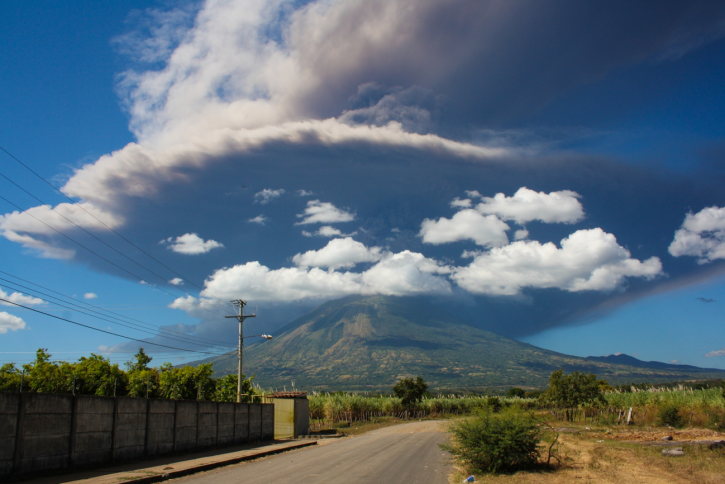In the Shadow of Izalco: Climate, Culture, and Salvadoran Daily Life

The Central American Volcanic Arc is a chain of volcanoes that begins on the Guatemala-Mexico border and extends all the way down to northern Panamá. It contains some of the most dynamic volcanoes in the world including the young Cerro Negro in Nicaragua and the Pacaya in Guatemala. El Salvador contains six important volcanoes including the Santa Ana Volcano and its relative, Volcán Izalco. From endowing soil with nutrients to maintaining the delicate balance of Earth’s climate through continuous and colossal eruptions, volcanoes are important geographical formations that punctuate human life, dictate settlement locations, figure prominently in culture, and affect regional climates. Examining events such as the eruption of Volcán Quetzaltepec in 1917 that destroyed San Salvador, the devastating 1926 eruption by Izalco that killed 56 people, and the present-day persistence of precarious dwellings at the foothills of volcanoes, this part of the presentation suggests the centrality of volcanoes to Salvadoran daily life.